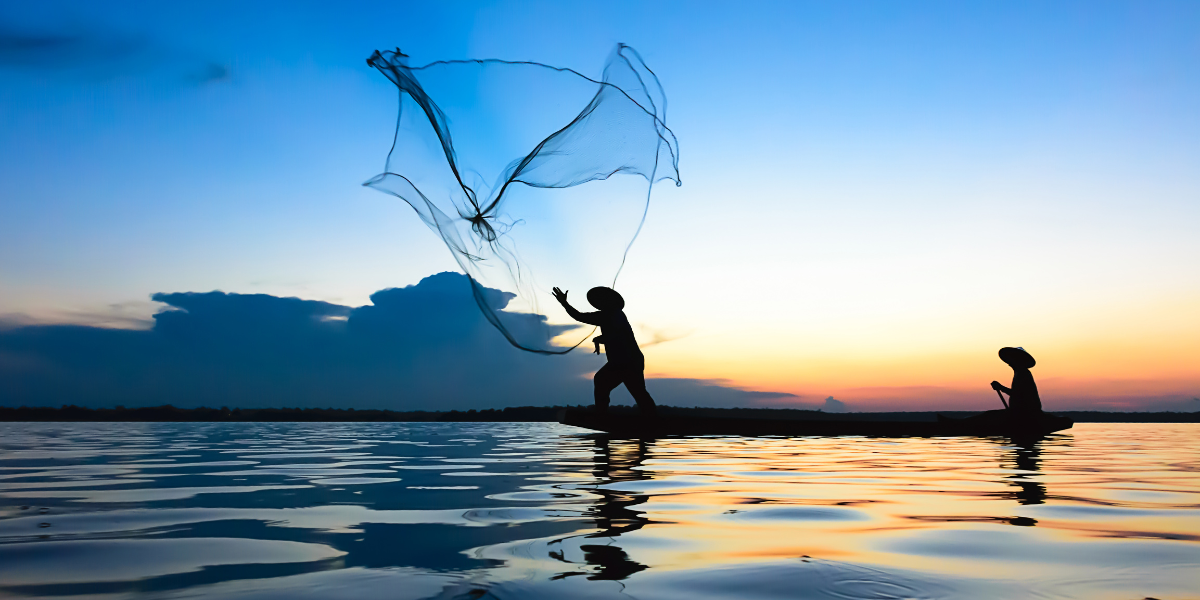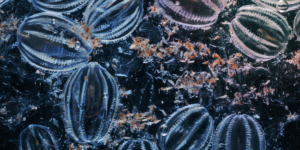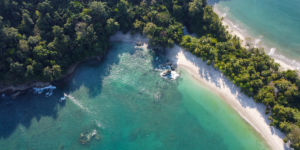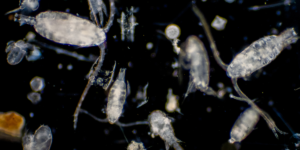The Impact of Evolving Fishing Techniques on Marine Ecosystems
As a reader interested in the impact of human activities on marine life, you may wonder how changes in fishing practices affect the delicate balance of ocean ecosystems.
Over time, fishing has evolved from a subsistence activity to a global industry that supplies food and income for millions of people worldwide.
However, this expansion has brought with it significant challenges that threaten the sustainability of fish populations and their habitats.
In this article, we will explore the positive and negative impacts of fishing practices on marine life and non-fish species.
We will also delve into global efforts aimed at promoting sustainable fishing practices and highlight steps individuals can take to support these initiatives.
By understanding how our actions affect marine ecosystems, we can work towards preserving them for future generations while still enjoying the benefits that come with responsible fishing practices.
Key Takeaways
- Modern fishing techniques, such as bottom trawling, have led to overfishing and habitat destruction, which threaten fish populations and ecosystems.
- Sustainable fishing practices, such as using selective gear and protecting vulnerable species, can benefit socio-economic factors and local communities while preserving marine life.
- Conservation measures are in place to protect marine mammals from harm, but seabird populations have declined due to reduced fishing activity and overfishing.
- Global partnerships and market incentives, as well as education programs and responsible consumption, can reduce overfishing and minimize the impact on habitats.
Overview of Fishing Practices and their Evolution Over Time
Let’s take a look at how fishing practices have evolved over time and their impact on marine life and habitats.
History reveals that humans have been fishing for thousands of years, but the techniques used then were vastly different from those used today. Primitive fishing methods consisted of hand gathering, spearing, trapping, and netting fish in shallow waters.
Over time, with advancements in technology and equipment, fishing practices became more efficient and widespread. Modern fishing techniques include longlining, purse seining, trawling, dredging, gillnetting, and fish farming.
Longlining involves setting baited hooks along a long line to catch large predatory fish such as tuna or swordfish. Purse seining is a method where a large net is deployed around a school of fish to trap them before being hauled aboard the boat. Trawling involves dragging nets along the sea floor to catch bottom-dwelling species like shrimp or flounder. Dredging is similar to trawling but involves scraping the ocean floor for shellfish like scallops or clams. Gillnetting uses walls of netting that drift in the current to entangle fish by their gills as they swim through them. Fish farming has also become increasingly popular as a way to raise fish in controlled environments for human consumption.
As these techniques have developed over time, concerns about sustainability and environmental impacts have arisen due to overfishing and habitat destruction caused by certain practices such as bottom trawling or dredging.
Understanding the history of fishing practices can help us make informed decisions about sustainable seafood consumption and responsible fishing practices that minimize harm to marine life and habitats.
Positive and Negative Impacts of Fishing Practices on Marine Life
Various fishing methods have a significant impact on the biodiversity of marine life. Overfishing, which is the practice of catching more fish than can be naturally replenished, has led to the depletion of several species. This has not only affected the survival of these species but also their ecosystem as they play a crucial role in maintaining it.
Bottom trawling, another fishing method, involves dragging heavy nets along the ocean floor that destroys coral reefs and other habitats where fish and other marine organisms live.
On the other hand, sustainable fishing practices such as using selective gear that targets specific species or areas can help preserve marine life while also benefiting socio-economic factors. These practices ensure that only mature fish are caught while protecting juvenile ones and allowing time for repopulation.
Additionally, local communities benefit economically from responsible fishing practices by creating jobs and increasing income through tourism activities related to preserving marine ecosystems. Therefore, it’s essential to regulate fishing practices and promote sustainability to prevent further damage to our oceans’ biodiversity and ensure long-term benefits for both people and nature.
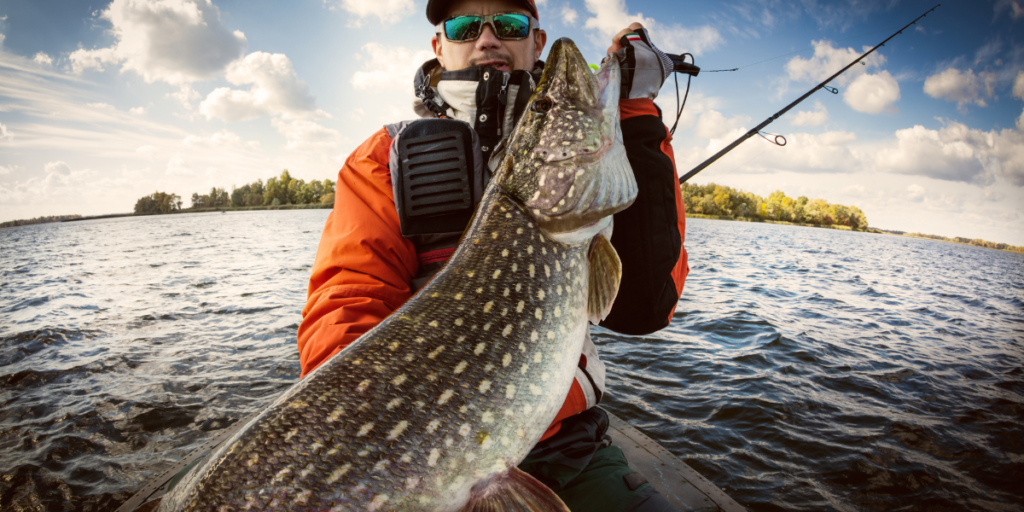
Effects of Fishing Practices on Non-Fish Species
When it comes to the effects of fishing practices on non-fish species, you may be interested to know how marine mammals are impacted by these practices.
Additionally, seabirds can also be affected as they often rely on fish as a source of food.
Finally, fishing practices can have an influence on sea turtles and their habitats, which is an important consideration when assessing the overall impact of these practices on marine life.
These factors should all be taken into account when considering the sustainability of different types of fishing techniques.
Impact on Marine Mammals
The reduction in fishing activity has resulted in a decrease in accidental entanglement of marine mammals, such as whales and dolphins, in fishing gear. This is due to the implementation of conservation measures that have been put in place to protect these animals from harm caused by commercial fishing operations.
As a result, ecotourism opportunities have also increased as more people are able to witness these magnificent creatures in their natural habitats without fear of unintentionally harming them. However, it’s important to note that while the decrease in fishing activity has had some positive impacts on marine mammals, it’s not a complete solution.
These animals still face other threats such as pollution and climate change. Therefore, continued efforts need to be made to protect their habitats and ensure their survival for future generations to enjoy. By working together and implementing sustainable fishing practices, we can help reduce our impact on the environment and preserve the incredible diversity of life found within our oceans.
Effect on Seabirds
Hey, did you know that seabirds are feeling the pinch due to reduced fishing activity? With less discarded fish to scavenge on, they are left high and dry. It’s like taking candy from a baby!
As a result, seabird populations have been declining in recent years. Fishing practices such as overfishing and selective fishing have resulted in fewer fish being caught and therefore fewer discards for seabirds to feed on.
These changes in food sources have also impacted the breeding patterns of many seabird species. For example, puffins rely heavily on sand eels during their breeding season. However, with overfishing reducing the number of sand eels available, puffin chicks are not getting enough food to survive. This has caused a decline in puffin populations across the UK and Europe.
In order to protect these important bird species, it is crucial that sustainable fishing practices are put into place that take into account not only the impact on fish stocks but also the wider marine ecosystem including seabirds and their food sources.
Influence on Sea Turtles
Sea turtles are facing a grave threat as reduced fishing activity has led to a decline in the availability of their primary food source. As opportunistic feeders, sea turtles consume a range of prey items including jellyfish, sponges, and crustaceans, but they primarily rely on fish and shellfish for sustenance.
With less fishing activity taking place in coastal regions, fish populations have increased dramatically. This has resulted in overgrazing of seagrass meadows and coral reefs – two important habitats for many species of marine life, including sea turtles.
Reduced fishing activity also affects sea turtle migration patterns and nesting habits. Sea turtles often travel long distances across the ocean to find suitable nesting sites where they lay eggs that hatch into baby turtles. The health and survival rates of these hatchlings depend heavily on the abundance of food resources available to them during their early developmental stages.
With changes in fishing practices affecting these resources, it is likely that we will see fewer sea turtle nests each year, as well as a decline in the overall population size of this iconic marine species.
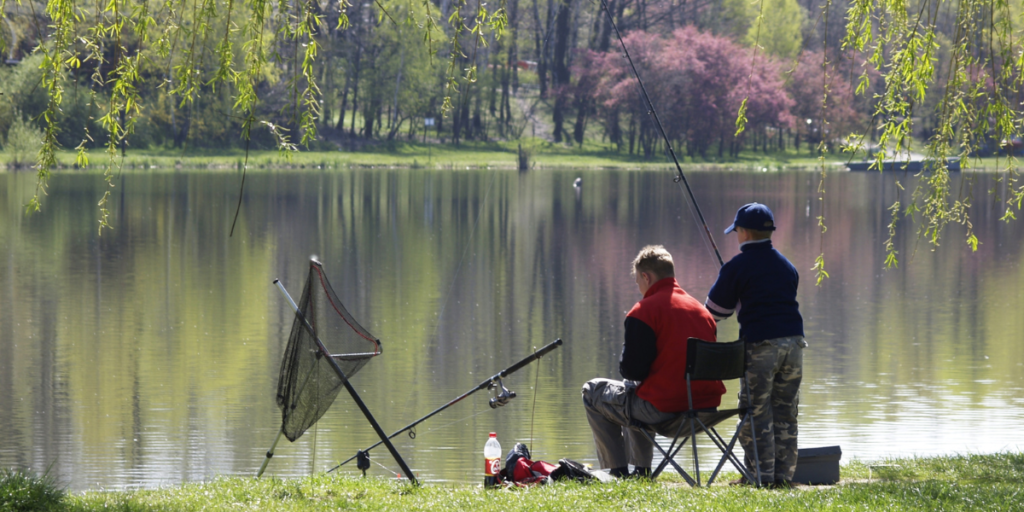
Global Efforts to Promote Sustainable Fishing Practices
You can help protect marine life by supporting global efforts to promote sustainable fishing practices. Global partnerships between governments, NGOs, and the fishing industry aim to reduce overfishing and minimize the impact of fishing on marine habitats. These partnerships work together to establish regulations that ensure sustainability and protect vulnerable species such as sea turtles.
Market incentives also play a significant role in promoting sustainable fishing practices. Consumers who choose sustainably caught seafood encourage fisheries to adopt more responsible methods. By choosing certified sustainable products or asking for information about the source of their seafood, consumers can drive demand for sustainable fishing practices. In addition, businesses that prioritize sustainability in their supply chains can improve their reputation and attract environmentally conscious customers.
By supporting these global efforts, you can become part of a growing community committed to protecting our oceans for future generations.
3 ways you can support sustainable fishing:
- Choose seafood that’s certified sustainable or ask your local fishmonger about the source of their products.
- Support businesses that prioritize sustainability in their supply chain by purchasing from them.
- Spread awareness about the importance of sustainable fishing practices among your friends and family members through social media or other platforms you use frequently.
Steps Individuals Can Take to Support Sustainable Fishing
One simple way to promote sustainable fishing is by being mindful of your buying choices. Choosing seafood that’s certified sustainable or asking your local fishmonger about their products’ origins can go a long way in supporting responsible fishing practices. Look for labels like MSC (Marine Stewardship Council) and ASC (Aquaculture Stewardship Council) when shopping for seafood, as these certifications ensure that the product was produced in an environmentally friendly manner.
Another effective way to support sustainable fishing is through education programs. By learning more about the impact of overfishing and unsustainable practices, you can make informed decisions about what types of seafood to consume and how often. Organizations like Seafood Watch offer resources on sustainable seafood options, as well as information on which types of fish are currently at risk due to overfishing.
By taking these small steps, you can do your part in promoting responsible fishing practices and preserving marine life for future generations.
Frequently Asked Questions
How do fishing practices differ in different parts of the world?
Oh sure, let’s talk fishing practices – because nothing screams “belonging”like a technical analysis of traditional vs. modern techniques and the cultural significance attached to them across different parts of the world.
What is the economic impact of sustainable fishing practices on coastal communities?
You may be interested to know that sustainable fishing practices can bring community benefits. When market demand for sustainably caught seafood is high, coastal communities can benefit from increased economic opportunities and improved social well-being.
How do climate change and ocean acidification affect marine life and fishing practices?
You cannot overstate the impact of climate change and ocean acidification on marine life. Adaptation strategies and conservation efforts are necessary to counteract this damage, but require significant investment from fishing communities.
What technologies are being developed to reduce bycatch in fishing practices?
To reduce bycatch in fishing practices, innovative solutions are being developed using technological advancements. These include devices that limit the capture of non-target species and real-time monitoring systems that enable fishermen to avoid areas with high levels of bycatch.
How can consumers ensure they are purchasing sustainably caught seafood?
You must take responsibility for the future of our oceans. Look for seafood with sustainable labeling and certification to prevent overfishing. Consequences are dire, but solutions are available through conscious consumption.
Conclusion
Congratulations! You’ve gained a thorough understanding of how fishing practices can affect marine life and habitats.
It’s clear that some of these practices have had positive impacts, such as improved gear technology and better management strategies. However, many fishing practices have also led to negative consequences, including the depletion of fish populations and damage to ocean ecosystems.
It’s up to us as individuals to support sustainable fishing practices by making informed choices when purchasing seafood, advocating for stronger regulations, and educating others about the importance of preserving our oceans.
In doing so, we can ensure that future generations are able to enjoy the bountiful resources provided by our planet’s oceans. As you continue on your journey towards greater environmental awareness and stewardship, remember that every action counts – no matter how small it may seem at first glance.

